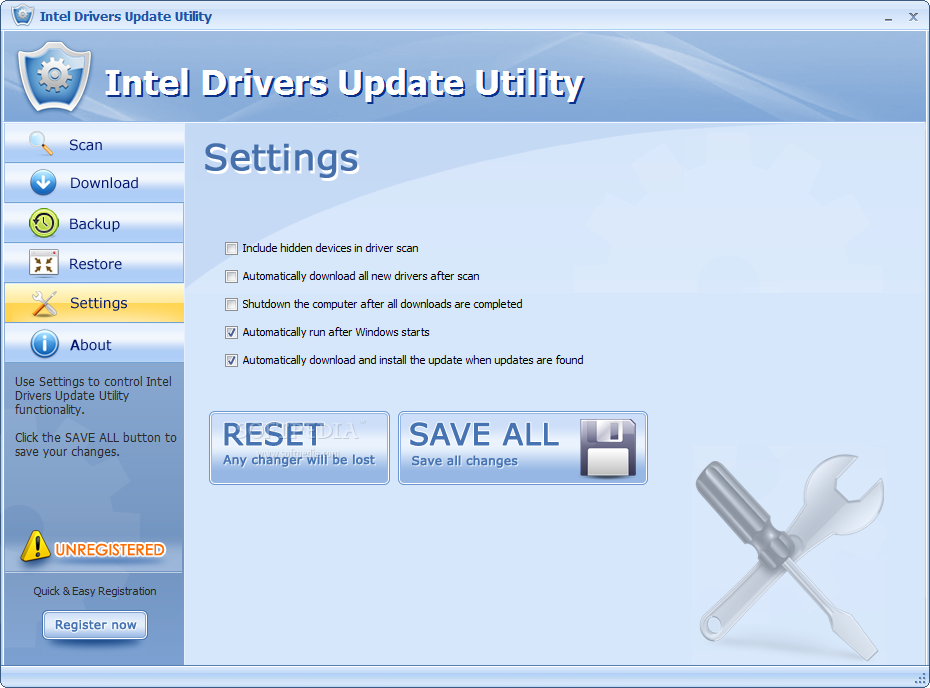
Documents Instrumentation Manuals Materials Testing Manuals Environmental Manuals Data Sheets Software Materials Testing Instruction Sheets & Quick Start Guides Environmental Instruction Sheets & Quick Start Guides. Driver: Windows 10, 32-bit. Windows 10, 64-bit. 22.20.0 Latest: 1/12/2021: Intel® PROSet/Wireless Software and Drivers for Windows 7. This download record installs Intel® PROSet/Wireless WiFi Software 21.40.5 including driver for Windows 7. Driver version may differ depending on the wireless adapter installed. Driver: Windows 7, 32-bit.
Dgsi Driver Download For Windows
USB Drivers for the DataMate II
Try this quick method first. It should should work with most systems.
- Download the latest drivers, software, firmware, and diagnostics for your HP products from the official HP Support website.
- DigiPro2 runs on XP, Win7, and later versions of Windows. It uses the Microsoft SQL Express engine. The new database files have a DPW extension. DigiPro2 can convert a DMM database into a DigiPro2 database, keeping the same name but adding a.dpw extension. It can also import DMM data into an existing DigiPro2 database.
Dgsi Driver Download For Windows Xp
- Download and install the most recent software: Check our downloads page for DigiPro2 or DMM.
- Download and run the USB Driver Installer: CDM2802_setup.exe.
- Connect the DataMate II and switch on. Windows should recognize the device.
- If you have problems, please look at the DataMate Communcations FAQ.


Multi-Part SetupThis multipart setup should not be necessary for most systems. . Part 1: Installing the Digitilt DataMate USB Driver |
- Turn on your computer.
- Connect the DataMate to your computer.
- Switch the DataMate on.
- The hardware wizard appears. If the hardware wizard does not appear, see instructions at the bottom of the page.
- The hardware wizards asks: Can Windows connect to Windows Update to search for software?
- Choose 'No, not this time.'
- Click Next.
|
- Windows wants to install software for the Digitilt DataMate II USB.
- Choose 'Install from a list or specific location'.
- Click Next.
|
- Windows asks you to shoose search and installation options.
- Choose 'Don't search. I will choose the driver to install.'
- Click Next.
|
- Windows asks you to select the device driver.
- Choose the newest driver (by date).
|
- Windows might display a warning.
- Choose 'Continue Anyway.'
|
- Windows might ask you to confirm replacement of a language file.
- Choose 'Yes.'
|
- Windows completes the installation and displays this screen.
- Click Finish.
|

Dgsi Driver Download For Windows 8.1
Part 2: Installing the Digitilt DataMate Virtual Comm Port |
- Part 2 begins immediately. A wizard appears.
- The wizard ask' ' Can Windows connect to Windows Update to search for software?
- Choose 'No, not this time.'
- Click Next.
|
- Windows wants to install software for the Digitilt DataMate II Virtual Comm Port.
- Choose 'Install from a list or specific location'.
- Click Next.
|
- Windows asks you to select the device driver.
- Choose the newest driver (by date).
|
- Windows might display a warning.
- Choose 'Continue Anyway.'
|
- Windows completes the installation and displays this screen.
- Click Finish.
|
Tell DMM or DigiPro2 which Comm Port to use. |
- Turn on your computer.
- Connect the DataMate to your computer.
- Switch the DataMate on.
- Start DMM/DigiPro2.
- Choose DataMate - Options
|
- Choose a Comm Port from the list. Try the highest number first. DMM and DigiPro2 will remember this port.
- Click OK.
- Now your PC and DMM/DigiPro2 are ready to communicate with the DataMate.
|
If the Wizard does not appear.... |
You must start the wizard manually.- Connect the DataMate to the PC. Switch it on.
- Click Start.
- Click Run.
- Enter devmgmt.msc and click OK. This opens the device manager.
- One driver should be listed in 'Ports.' The other driver should be listed in 'Universal Serial Bus controllers'. You might see a yellow warning icon.
- Right-click on the driver.
|
- Right-click on each driver (one at a time).
- Choose 'Update Driver.'
- The wizard starts for either step 1 or step 2 above.
|




